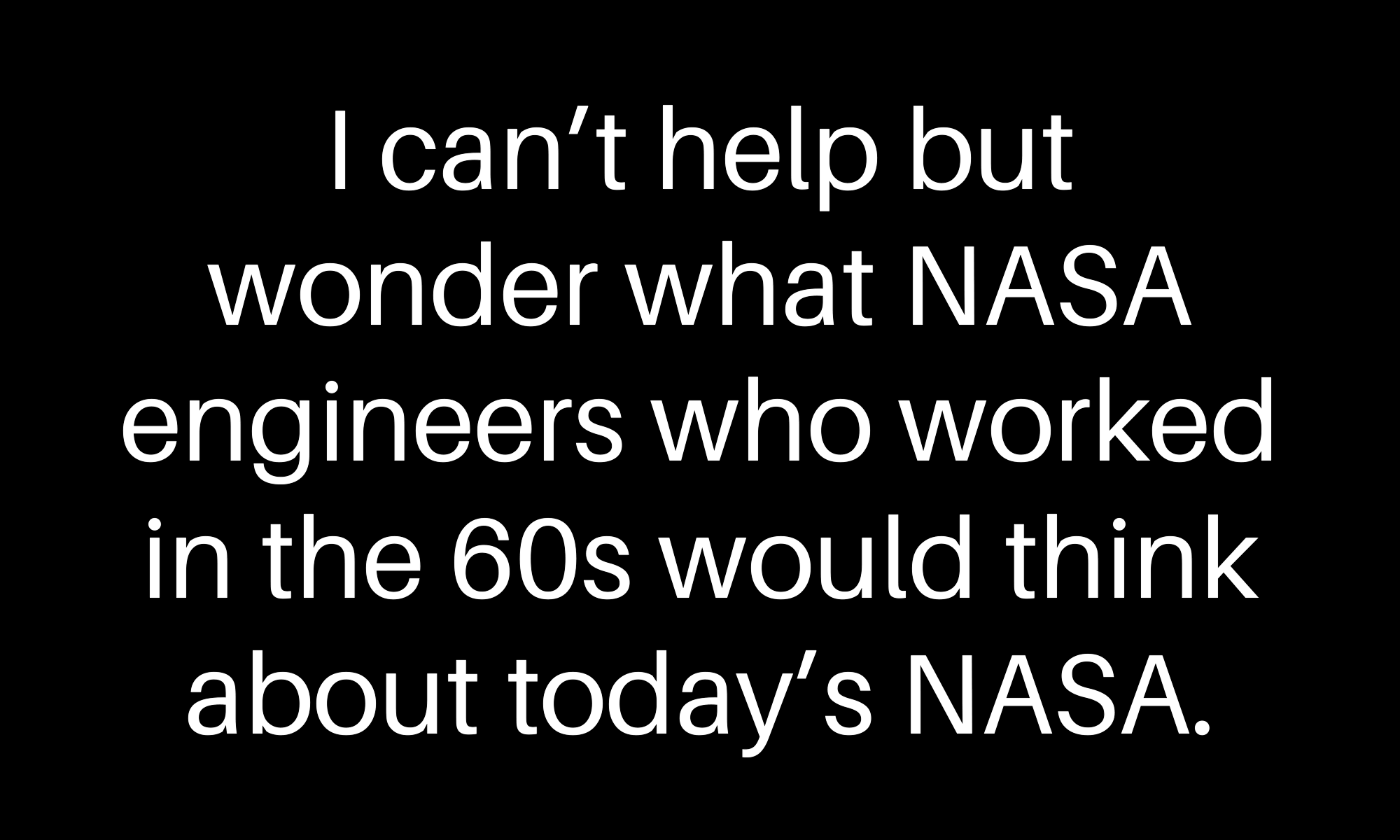CRS and CCP: The First NEW SPACE Launch Vehicles for Cargo and Crew
written by David Mixson
The series of Space Act Agreements (SAAs) to take cargo and crew to the International Space Station (ISS) eventually led to a Request for Proposal (RFP) for launch services in the form of two different contracts.
The Commercial Orbital Transportation Services (COTS) SAA led to a traditional contract to carry supplies to ISS called the Cargo Resupply Services (CRS) program. And the Commercial Crew Development (CCDev) SAA led to a traditional contract to carry crew to ISS called the Commercial Crew Program (CCP).
I explained the COTS and CCDev programs in the article COTS and CCDev: The Beginning of NEW SPACE Launch Vehicles.
NOTE: If you haven’t read the article above, you might want to read it first because what I write about in this article is a follow on to COTS and CCDev programs. Stay with me. Understanding how NASA did these programs matters because they’ve been extremely successful—during a period when Old Space traditional contracts for launch services failed.
Background
NASA knew before the end of Shuttle that our in-house Old Space vehicle being designed, called Constellation, wouldn’t be ready any time soon. Constellation was littered with schedule slips and cost overruns and was eventually canceled in 2010.
By then, American astronauts were living on board ISS, and NASA didn’t have a way to swap crew out or carry supplies.
Without a launch vehicle of our own, NASA contracted with the Russian state space corporation Roscosmos to buy flights on their Progress and Soyuz vehicles to ferry supplies and crew.
Am I the only one who feels weird about this? Didn’t our great-great-grandparents have a space race with the Soviet Union—and win?

With Constellation canceled, someone high up inside NASA decided we needed a different approach outside the traditional procurement methods for building launch vehicles. Obviously, the way of doing business that worked on Apollo and Shuttle, using traditional contracts, wasn’t working so well for a Shuttle replacement.
A New Approach
In 2008 NASA tried a radically different approach. Piggybacking off the COTS and CCDev programs, NASA released an RFP to carry supplies to ISS called CRS, then another RFP several years later to carry crew to ISS called CCP.
Per the normal Federal Acquisition Regulations (FAR) guidelines for full and open solicitations, NASA released the RFP, companies submitted proposals, and a NASA Source Evaluation Board (SEB) scored each proposal.
One of the most radical parts of CRS and CCP was that they were both firm-fixed-price contracts. The way these two contracts were structured is different than any launch vehicle NASA has done before. I wrote about the differences between these two contract types in How NASA Manages Cost-Plus and Firm-Fixed-Price Contracts.
Here’s another interesting twist. NASA selected more than one winning company for CRS and for CCP. Let’s take a closer look at each one.
Commercial Resupply Services (CRS)
The purpose of CRS was to carry cargo to and from ISS. NASA awarded the CRS contract to two companies in 2008. SpaceX completed its first cargo flight to ISS in 2012, and Orbital completed its first cargo flight in 2014.
In 2016, NASA did a follow on procurement (CRS-2) and selected three companies: SpaceX, Orbital ATK, and Sierra Nevada.1
Commercial Crew Program (CCP)
The purpose of CCP was to carry crew to and from ISS. NASA did this RFP differently, too. Instead of writing detailed requirements outlining every possible parameter, the RFP listed a smaller number of high level-requirements.
- Deliver and return crew and their equipment to ISS.
- Provide assured crew return in the event of an emergency.
- Vehicle must be cable of being docked on ISS for 210 days.2
In 2014, NASA awarded the CCP contract to two companies. SpaceX completed its first crewed flight to ISS in 2020. Boeing is scheduled to complete its first crewed flight to ISS in 2024.
Management and Oversight
In firm-fixed-price contracts like CRS and CCP, NASA takes more of a hands-off approach and simply ensures the contractor meets the requirements set forth in the contract. The bulk of the performance and cost risk rests on the company.
Accordingly, on CRS and CCP, NASA plays a much smaller role than they did for the Old Space Apollo and Shuttle contracts. To give you a comparison, a couple of hundred civil servants work with SpaceX and Boeing on CCP—mostly as program management and a small amount of oversight and verification assessments. On the Shuttle program, thousands of civil servants and support contractors worked on the program.
Another important difference on CRS and CCP is that each company owns their vehicle and all the engineering and technology that went into developing it. NASA is simply buying services—an Uber ride of sorts for supplies via CRS, and for crew via CCP.
With this ownership, SpaceX and Boeing can launch non-NASA crews using their launch vehicles. SpaceX launched the first all-civilian crew to space in September 2021 on the Inspiration4 flight—and NASA didn’t really have anything to do with it.
CCDev and COTS, along with the CRS and CCP contracts, are the best working model NASA has to get work done. It’s New Space at its core. Having said that, there are risks and shortcomings associated with doing business this way. I’ll unpack all that in future articles.
- Orbital Sciences merged with ATK and became Orbital ATK in 2014. Grumman bought Orbital ATK and became Northrop Grumman Innovations Systems in 2018.
- nasaology.com/footnote2
Read Next
David Mixson writes about Old Space and New Space. He worked as an engineer at NASA for more than thirty years and is the author of three books.
NASAology Notices
Exclusive content. Delivered weekly.
We hate SPAM.
Unsubscribe any time.

